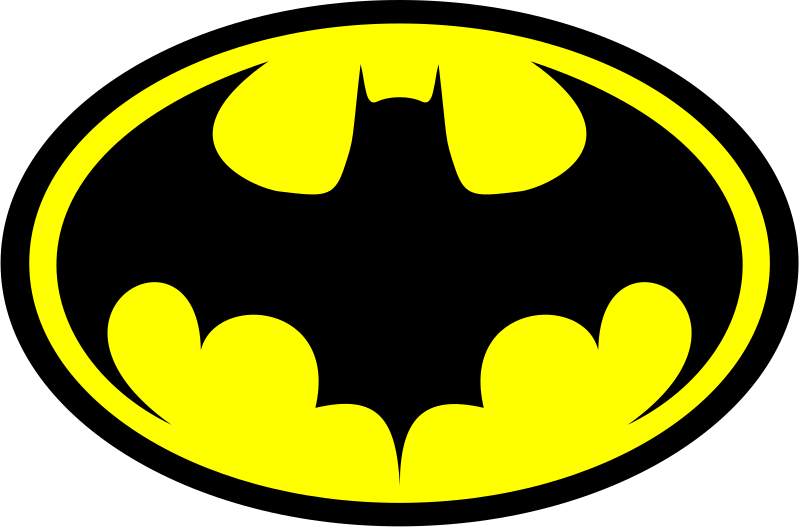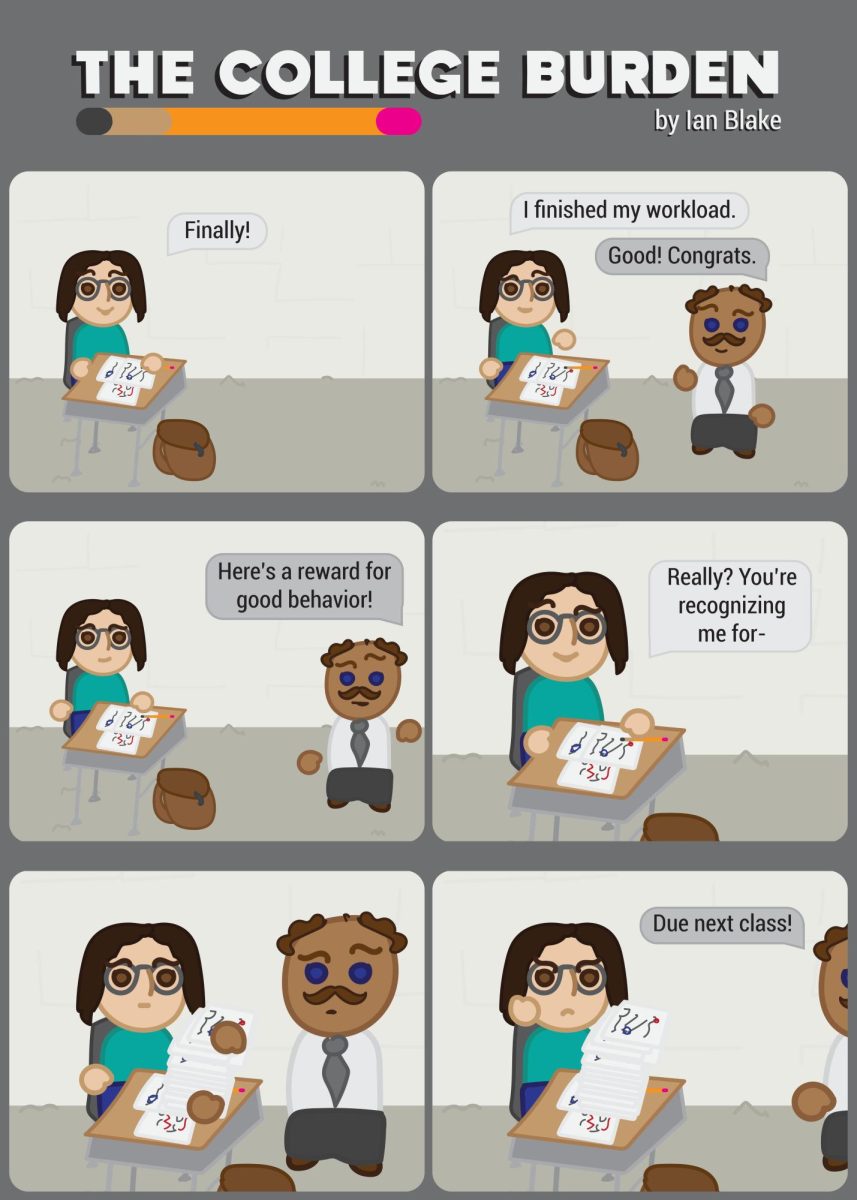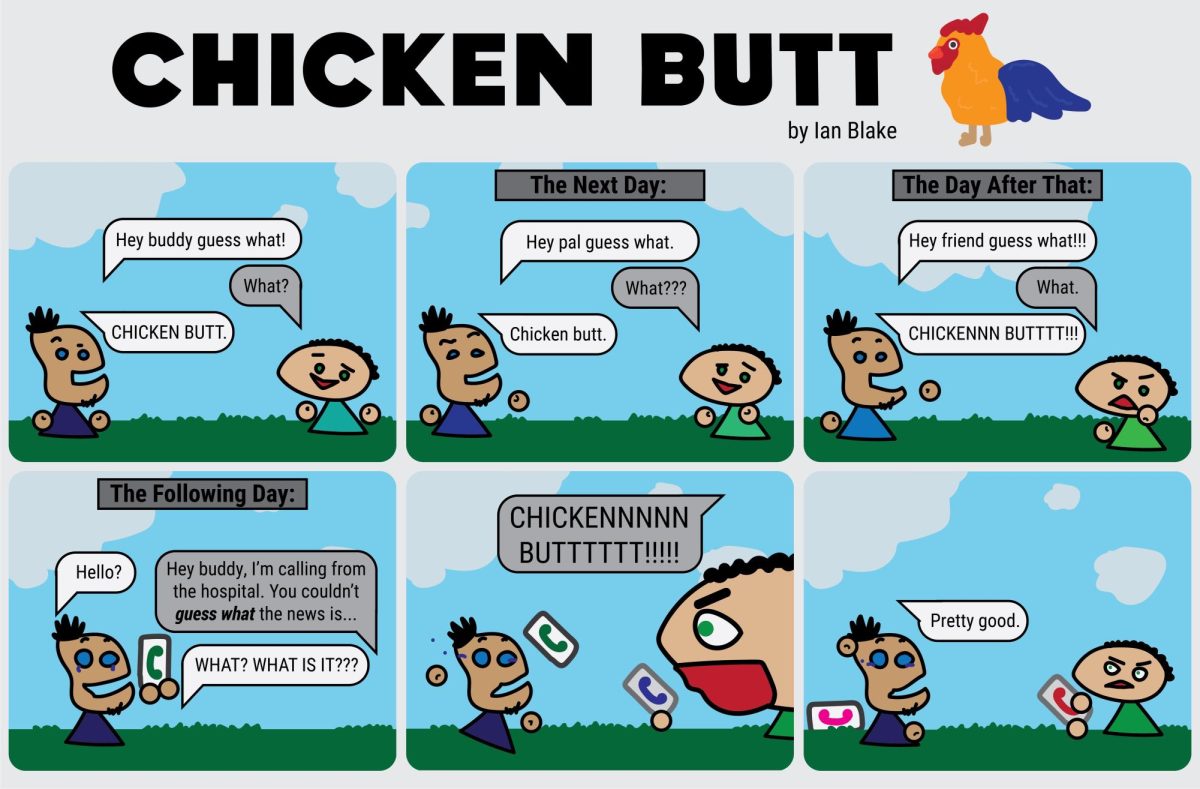Whether you are a die-hard comic book fan, a casual movie goer who’s seen The Dark Knight and Joker, or you just know him as your little nephew’s favorite superhero, chances are you’ve heard of Batman. This year marks the 85th anniversary of the legendary DC comics superhero, who originally debuted in Detective Comics #27, which was considered the May 1939 issue, though it hit the shelves around the end of March. This article will discuss these bat-tastic eight-and-a-half decades of the character’s history and his impact on pop culture, along with recommendations for movies, television shows, comics, and even podcasts.
Created by artist Bob Kane and writer Bill Finger, Batman was inspired by pulp fiction and classical detective stories, drawing inspiration from both Zorro and Sherlock Holmes. After appearing in his first caper in #27, “The Case of the Chemical Syndicate,” Batman soon became an instant success. Along with Superman and Wonder Woman, Batman has consistently been one of the top selling characters for DC since the very beginning, and this trio of heroes has collectively been dubbed “the Trinity.” Within the comics, these three paragons would become highly respected founding members of the Justice League of America. But we’re getting ahead of ourselves—who is Batman, anyway? Well, that’s an easy enough question. For those of you who don’t already know, Batman is none other than…. (drumroll)… Bruce Wayne! (Gasp!) That’s right—the famous billionaire philanthropist, chief shareholder of the multinational corporation Wayne Industries, and sole heir to the Wayne family fortune, including that giant mansion on hill overlooking Gotham City! So, now for a more in-depth question—why the heck is this old money blueblood dressing up like a bat to fight crime?
How did Bruce Wayne become Batman? Well, the tragic answer to that question is Joe Chill—a criminal with little backstory who didn’t even have a name in his earliest appearances. Over the years, Batman’s origin story has changed remarkably little—perhaps because it is so iconic. After a simple, wholesome family outing to see a movie with his parents Martha and Dr. Thomas Wayne, three of them take a shortcut through an alleyway and Bruce’s parents are shot and killed by Joe Chill in a robbery-gone-wrong. Wrong place, wrong time—except of course for later versions that retcon the whole incident to be part of some grand conspiracy, but those personally aren’t my favorite. After this shocking double homicide of two celebrities, this area of the city withers and dies economically—once called Park Row, it becomes dubbed Crime Alley. Young Bruce, only eight-years-old, is traumatized and left in the care of his parents’ butler, Alfred Pennyworth. He vows to avenge his parents’ death and eliminate crime in Gotham City.
Now, where do the bats come in, though? Why bats, specifically? Well, that point varies more throughout the character’s lore and gets a little weirder. Originally, it because “criminals are inherently superstitious and thus, will naturally be scared of bats” (yeah, sure, Bruce) while later versions involve Bruce having a very angsty internal monologue, during which a bat flies in through the window and lands on a marble bust of his father (because of course all rich people have carved marble busts of themselves). He takes this as a sign from his late father’s spirit to become reborn as a bat for his one-man war on crime in Gotham (Uh huh, sure, Bruce).
Bruce Wayne uses his vast, virtually unlimited fictional resources to become the World’s Greatest Detective, a genius in criminology, forensics and computer science, and an expert of every form of martial arts, including some made-up ones. Interestingly, due to his parent’s horrific death, he develops an a unique and progressive mindset—he refuses to ever touch a firearm or kill his enemies, believing that anyone can be rehabilitated. This philosophy becomesa core aspect of Batman’s character; this philosophy is sometimes challenged but remains unaltered throughout his career. Furthermore, Bruce Wayne is truly dedicated to creating jobs and bettering the city through his charities. Now, he remains a billionaire throughout all of this because that’s a key part of the premise, but honestly, I don’t that’s a scathing criticism—he’s a fictional character giving away fictional money, and as a superhero, he’s meant to be both aspirational and wish-fulfilling simultaneously, even if those things are contradictory.
So that’s that! Batman suits up in the Batcave hidden underneath his mansion, drives his Batmobile into town, leaps from rooftop to rooftop looking for bad guys to pummel. What else is there left to say about Batman—the famous brooding hero who always works alone… except when he doesn’t… for most of his continuity, in fact. So, what about Robin?
That’s right—Batman and Robin! The Dynamic Duo! The Caped Crusaders! Can you even think of a more famous duo, besides Sherlock and Watson or Laurel and Hardy? How long did Batman exist without Robin? Not long it turns out, Robin the Boy Wonder AKA Richard “Dick” Grayson, debuted in Detective Comics #34, less than a year after Batman himself. The perfect foil to Batman in every way, Robin was added for a variety of reasons, primarily because Batman stories could be dark—literally and metaphorically. Batman wore a dark costume, highlighted with blue just so it would not blend into the background. Plus, DC executives worried that the average twelve-year-old comic buyer might have a little trouble relating to a melodramatic, Byronic billionaire genius. Not to mention, in the absence of a sidekick, Batman’s early issues were plagued by a problem of being overcrowded with thought bubbles just so the reader could follow the protagonist’s brilliant detective work, since he didn’t talk much.
Robin provided a solution to all these problems—an eye-catching splash of color, a bit of comic relief, a self-insert for the reader, and someone for Bruce to bounce his ideas off of.
As for pop culture impact, Robin was the very first teenage sidekick to ever appear in comics and ignited a trend that would change the industry forever. Thus, it is only fitting that Dick Grayson has also consistently remained one of the most popular and successful characters in DC. He eventually outgrew Robin and passed the mantle onto others, while he adopted the identity of Nightwing, protected the city of Bludhaven, and went on to lead the Teen Titans.
And the rest is history. The Dark Knight’s first standalone title, Batman #1, was released in 1940 and as fate would have it, the villain of this issue would remain Batman’s once and future archnemesis for all the comics to come: the one and only Joker.
So, if you want to learn more about Batman to celebrate his 85th anniversary, here are some recommendations for everything Bat-terrific! (I am so sorry for the puns.)
Television:
· Batman (1966) – the fun, silly version, starring Adam West and Burt Ward in tights.
· Gotham (2014) – a prequel procedural drama that chronicles the life of young Bruce Wayne, while Detective Gordon investigates murder and mayhem in Goth City.
Movies:
· Batman (1989) – Director Tim Burton’s take on Batman, with an iconic Joker performance from Jack Nicholson.
· The Nolan Trilogy – Batman Begins (2005), The Dark Knight (2008), and The Dark Knight Rises (2012). An all-around solid trilogy, with TDK being especially renowned for Heath Ledger’s portrayal of the Joker.
· The Lego Batman Movie (2017) – A funny self-parodying Batman story.
· Joker (2019) – An alternative origin story for the Joker, starring Joaquin Phoenix.
· The Batman (2022) – a noir thriller starring Robert Pattinson as Batman, perhaps the best Batman movie made so far. The sequel is expected to be released in 2026.
Podcasts:
· Batman: The Audio Adventures – A radio-drama style scripted podcasts with an all-star voice, including Rosario Dawson as Catwoman.
Comics
· Batman: One Year (by Frank Miller) – Batman’s first year as a vigilante detective.
· Broken City – An underrated gem, this story seamlessly weaves Bruce’s backstory into his motivation for solving a murder that is tearing Gotham apart. I would even recommend this as an introduction to Batman comics.
· The Long Halloween – The story of how Bruce’s best friend became one of his greatest villains, and an overall excellent mystery thriller.
· Dark Victory – A modern retelling of Dick Grayson’s origin story as Robin, as well as sequel to The Long Halloween.
· Hush – A great introduction to Gotham’s colorful cast of villains.
· The Court of Owls and The City of Owls (by Scott Snyder) – Batman takes on a mysterious cult and learns shocking secrets about his past.
· Death of the Family (by Scott Snyder) – The Joker challenges Batman to the ultimate showdown, by hunting down anyone and everyone Bruce cares about.
· Arkham Asylum: A Serious House on a Serious Earth – This Joker-heavy story takes a deep dive into the madness that lurks behind the gate of the infamous Arkam Asylum
· The Killing Joke (by Alan Moore) – One of the most iconic Batman stories ever written. Content Warning for Disturbing Graphic Imagery, including references to Sexual Assault.










